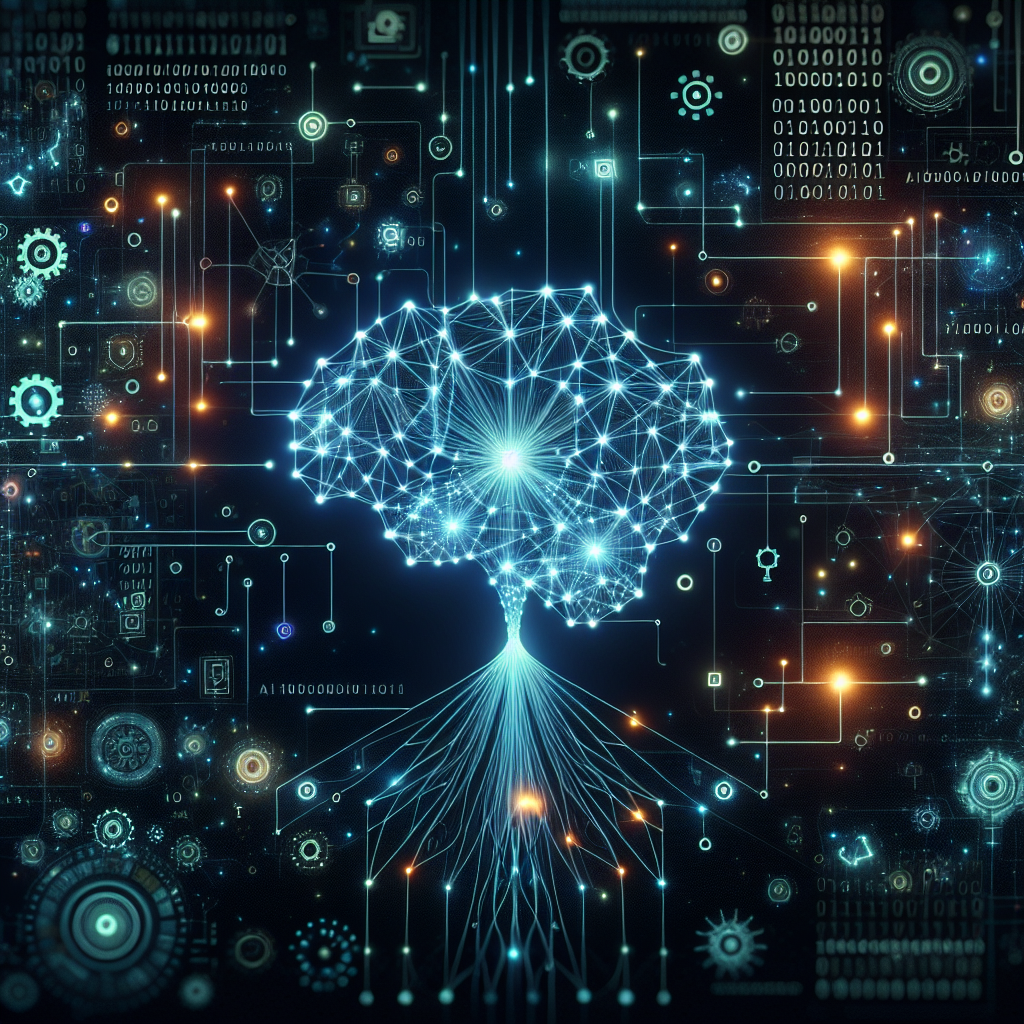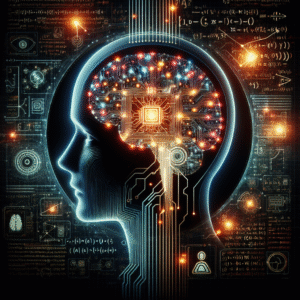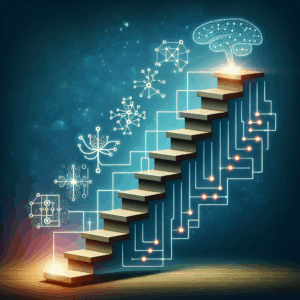Deep learning has become a cornerstone of modern artificial intelligence, powering everything from voice-activated assistants to complex image recognition systems. But what exactly is deep learning, and why has it become such a pivotal technology in recent years? In this article, we’ll explore the fundamentals of deep learning, unraveling its basic concepts, working principles, and applications in various domains.
What is Deep Learning?
Deep learning is a subset of machine learning, which itself is a branch of artificial intelligence. It involves neural networks with many layers – hence the term "deep." These layers enable the model to learn features and patterns in data at multiple levels of abstraction, which is crucial for tasks such as language processing, image classification, and more.
The architecture of deep learning models is inspired by the human brain, particularly the interconnected structure of neurons. By mimicking this architecture, deep learning aims to create systems that can learn complex patterns in a way that resembles human cognition.
Neural Networks: The Foundation of Deep Learning
To understand deep learning, we must first grasp the concept of a neural network. A neural network is an interconnected group of nodes, or "neurons," that process and transmit information. These nodes are organized into layers:
- Input Layer: The first layer that receives input data.
- Hidden Layers: Intermediate layers where data processing occurs. Deep networks may contain dozens or even hundreds of hidden layers.
- Output Layer: The final layer that provides the result of the network’s computations.
Each connection between neurons has a weight, a parameter that the network adjusts during training to improve predictive accuracy. The goal of training a neural network is to find the optimal weights that minimize the difference between the predicted outputs and actual results.
Activation Functions
Activation functions play a crucial role in neural networks. They determine whether a neuron should be activated or not, essentially deciding if the information is relevant for solving the problem. Some common activation functions include:
- Sigmoid: Maps values between 0 and 1, often used in binary classification.
- ReLU (Rectified Linear Unit): Outputs zero if input is less than zero, otherwise outputs the input. It’s popular for handling non-linear data.
- Softmax: Used in classification problems, particularly multi-class, to convert logits to probabilities.
Training a Neural Network: Forward and Backward Propagation
Training a neural network involves two key phases: forward propagation and backward propagation.
Forward Propagation
In forward propagation, input data is passed through the network layer by layer. Each neuron processes the input by applying a linear transformation followed by a non-linear activation function, eventually producing an output. This output is compared with the actual target to calculate an error or loss using a loss function.
Backward Propagation
Backward propagation, often simply called "backpropagation," is the process of updating the weights of the network. By computing the gradient of the loss function with respect to each weight, the network adjusts them slightly in a direction that minimizes the error. This technique leverages the chain rule from calculus and is repeated over numerous iterations or epochs until the network learns to make accurate predictions.
Key Concepts in Deep Learning
Several key concepts are fundamental to understanding how deep learning works:
Overfitting and Underfitting
- Overfitting: Occurs when a model learns the training data too well, including noise and outliers, resulting in poor generalization to new data.
- Underfitting: Happens when a model is too simplistic to capture the underlying trend in the data, leading to poor performance both on training and new data.
To address overfitting, techniques like regularization, dropout, and data augmentation are used. Underfitting can be mitigated by increasing model complexity or providing more relevant features.
Optimization Algorithms
Training deep learning models relies heavily on optimization algorithms that adjust the model’s parameters to reduce error. Some popular optimization techniques include:
- Stochastic Gradient Descent (SGD): Updates weights using a small, randomly chosen batch of data.
- Adam: Combines the best properties of SGD and RMSProp, adjusting learning rates adaptively, which often leads to faster convergence.
Learning Rate
The learning rate is a hyperparameter that controls how much to change the model in response to the estimated error each time the model weights are updated. Choosing an appropriate learning rate is crucial, as a rate too small can make the learning process slow, while a rate too large can cause the model to overshoot the optimal solution.
Applications of Deep Learning
Deep learning has transformed various fields by offering unprecedented accuracy and automation. Some prominent applications include:
Image and Speech Recognition
Deep learning excels in tasks involving image and speech recognition. Convolutional Neural Networks (CNNs) are commonly used for image classification, while Recurrent Neural Networks (RNNs) and Long Short-Term Memory networks (LSTMs) handle sequential data like speech and text effectively.
Natural Language Processing (NLP)
In NLP, deep learning enables machines to understand and generate human language with impressive fluency. Techniques like transformers and attention mechanisms have dramatically improved machine translation, sentiment analysis, and chatbots.
Autonomous Vehicles
Deep learning is a critical component in autonomous driving technology, empowering vehicles to perceive their environment through cameras and sensors and make real-time decisions for navigation and safety.
Healthcare
In healthcare, deep learning assists in medical imaging analysis, drug discovery, and personalized medicine. Its ability to analyze complex patterns helps in early diagnosis and treatment planning.
Challenges and Future Directions
Despite its success, deep learning faces several challenges:
- Data Requirements: Deep learning models often require large amounts of data, which can be a limitation in domains with scarce labeled data.
- Computational Costs: Training large models demands significant computational resources and time.
- Interpretability: Deep learning models are often seen as "black boxes," making it difficult to understand their decision-making processes.
Going forward, researchers are working on solutions like federated learning to address data privacy concerns, developing more efficient algorithms to reduce computational demands, and improving model interpretability to enhance trust and transparency.
Conclusion
Deep learning is a powerful and versatile technology that continues to drive innovation across multiple industries. Understanding its basics, from neural networks and activation functions to training techniques and applications, equips us to better harness its potential. As advancements continue, deep learning will undoubtedly play an increasingly influential role in shaping the future of artificial intelligence and its impact on society.




